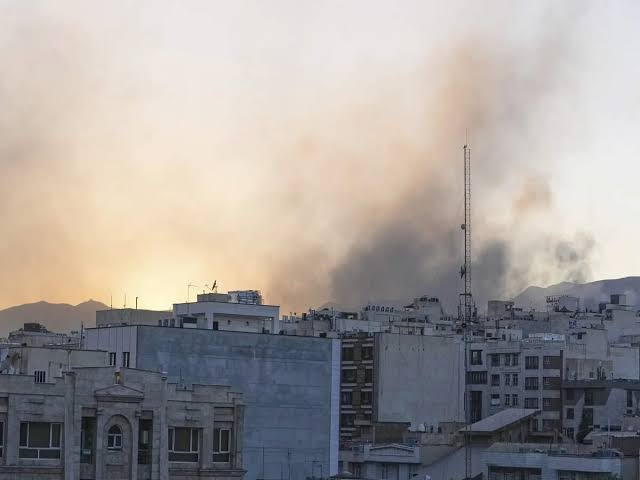Experts downplay environmental fallout from strikes on Iran’s nuclear sites as middle east tensions rise

By Abbas Nazil
As tensions escalate in the Middle East, military strikes targeting Iran’s nuclear facilities have raised environmental concerns.
However, nuclear experts emphasize that the likelihood of a Chernobyl-style disaster is extremely low, even as facilities like Natanz, Isfahan, and Bushehr come under attack.
According to several nuclear scientists, the destruction of uranium enrichment facilities would not result in severe environmental or radiological consequences.
The Iranian nuclear infrastructure includes uranium extraction and processing centers, centrifuge arrays for uranium enrichment, and a nuclear power reactor at Bushehr.
Israel, which has led the attacks, maintains that its intent is to dismantle Iran’s alleged nuclear weapons capabilities.
Iran, on the other hand, insists that these facilities are for peaceful energy purposes.
The enrichment facilities at Natanz and Fordo, where uranium is concentrated to higher levels, were among those targeted.
Despite the damage, experts say the risk of radioactive fallout is minimal.
The radioactive material involved, primarily Uranium-235, has a half-life of over 700 million years, meaning it is not highly radioactive in the short term.
Moreover, uranium hexafluoride gas—a key material in the enrichment process—poses more of a chemical hazard than a radiological one.
When Natanz was struck on June 13, uranium hexafluoride gas may have been released, forming a heavy gas cloud.
Experts like Emily Caffrey from the University of Alabama at Birmingham clarified that this gas tends to settle quickly and is unlikely to travel far or cause widespread contamination.
Even if it interacts with water to form hydrofluoric acid, the resulting issue is chemical, not radiological.
Past incidents, including damage to Natanz in 2020 and a cyberattack in 2021, resulted in no radiation leaks.
According to IAEA Director-General Rafael Grossi, no radiological activity has been detected outside any of the affected facilities, including Natanz and Isfahan.
Nonetheless, some risks remain. The Bushehr Nuclear Power Plant—a Russian-built, 1,000-megawatt facility—contains thousands of kilograms of nuclear material.
Grossi warned that this site could pose the most serious consequences if struck. Though Bushehr is primarily used for energy production, its vulnerability lies in the potential for a direct missile hit, loss of electricity, or damage to its spent fuel pool.
Experts like M.V. Ramana of the University of British Columbia highlight that, while deliberate targeting of Bushehr seems unlikely, the ongoing airstrikes make collateral damage a real threat.
Similarly, the Tehran Nuclear Research Reactor poses elevated risk due to its location in a densely populated area.
Despite these concerns, experts agree that the modern, well-designed reactors in Iran differ significantly from the flawed Chernobyl design.
Thus, while the conflict may continue to escalate, a nuclear catastrophe on the scale of Chernobyl is considered highly improbable.
